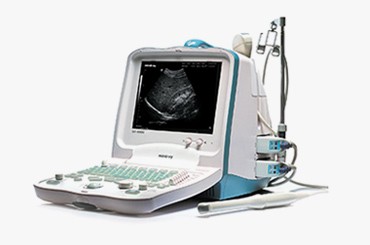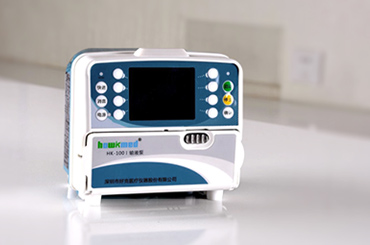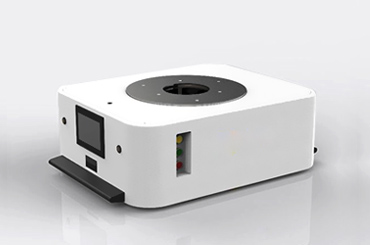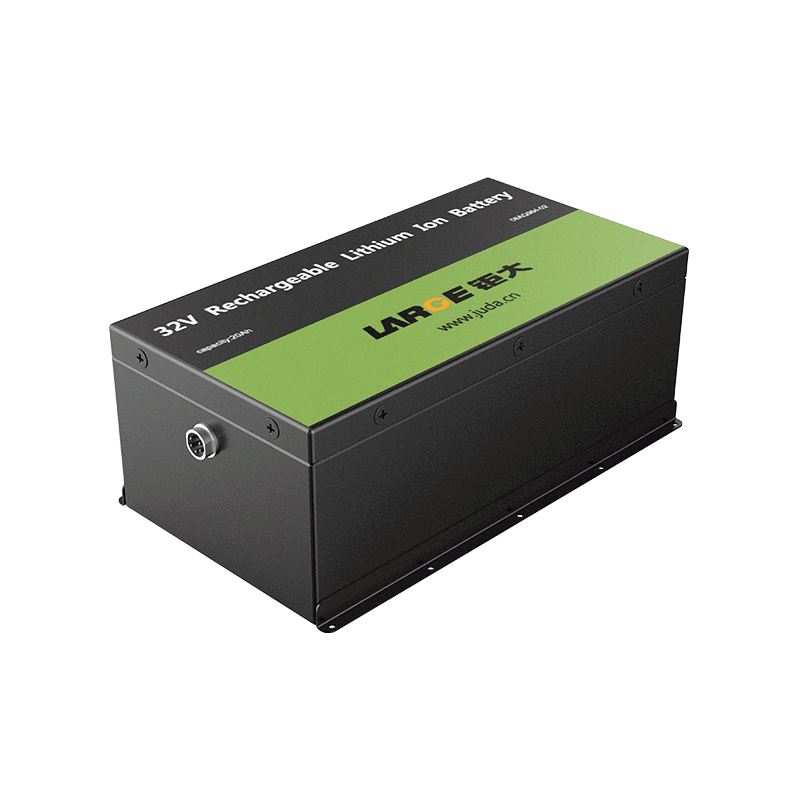Explanation of Methods for Testing the Safety of Lithium Batteries
Jun 03, 2019 Pageview:632
Lithium-ion batteries, as well as whole samples of non-user replacement batteries/lithium-ion batteries and their electronic products. For non-user replacement batteries, they should be installed in electronic products as a whole sample for environmental safety test of lithium-ion batteries in the standard; for non-user replacement lithium-ion batteries, they can be placed in electronic products as a whole sample, or can be taken out separately for environmental safety test of lithium-ion batteries in the standard, recommending preferential choice. Test as a whole sample. Because there may be ventilation, smoke, ignition and even explosion during the test, necessary protective measures must be taken, such as the sample placed in the ventilation device with explosion-proof function.
1, low pressure,
Test purpose: in the process of low pressure test is used to simulate the air pressure conditions on the influence of the lithium ion battery safety, after test samples shall be no fire, no explosion, no leakage.: equipment, such as vacuum box (or low pressure test chamber), charge and discharge tester and so on.
2, temperature cycle
Test purpose: lithium-ion battery temperature cycling test is used to simulate the lithium ion battery in the process of transportation or storage, repeatedly exposed to low temperature and high temperature environment, the safety of the lithium ion battery, tests were conducted using rapidly and extreme temperature changes. After test the samples should be no fire, no explosion, no leakage. Instruments and equipment, such as temperature test chamber, charge and discharge tester and so on.
Constant temperature and humidity box test equipment
3, vibration
Test purpose: this experiment simulating transportation, carrying the vibration should not cause in the process of lithium ion battery safety problems such as leakage, fire and explosion. Instruments and equipment, such as vibration test rig, charge and discharge tester and so on.
Note: lithium-ion battery vibration test need to pay attention to the following points: (1) the sample of fixed way, both to ensure that the vibration signal is passed on to the sample accurately, and can't make samples the distortion;(2) each sample need continuous vibration test under different directions;(3) about the test direction, due to the shape of the lithium ion battery can be irregular shape, need to three mutually vertical directions were tested. In addition, the lithium ion battery should pay attention to after the vibration test also needs a charge discharge cycle.(advice when vibration should use the special fixture, ensure no vibration process to appear the phenomenon such as change of sample shift in G value).
4, impact acceleration
Test purpose: lithium-ion battery acceleration shock test is to simulate the lithium ion battery encountered in the process of carrying or transporting acceleration shock should not cause safety problem such as fire, explosion or leakage. Instruments and equipment, such as acceleration shock test rig, charge and discharge tester and so on.
Note: the lithium ion battery acceleration shock test need to pay attention to the following points: (1) the lithium ion battery acceleration with lithium ion battery vibration test, impact test samples need to pay attention to the fixed way, each sample many times test, the test direction.(2) lithium ion battery acceleration peak acceleration of the matters needing attention of impact test with acceleration impact test of the battery.(3) in addition, the lithium ion battery should pay attention to the acceleration test after charging still needs a discharge cycle.
5, fall
For cylindrical type and button type lithium ion battery two end face once each fall, the cylinder fell twice, a total of four times drop test; The other type lithium ion battery drop a on each side, a total of six times, test; More Huan Xing battery/lithium ion battery for the user to take drop test equipment, equipment for each drop at a time. The sample should be no fire, no explosion, no leakage.
Test purpose: this experiment simulated a fall in the process of transportation, carrying and use (e.g., from the hand of the bench, desktop and fall) should not result in lithium ion battery safety problems such as leakage, fire and explosion. This test is to simulate reasonable and foreseeable accidental fall, regardless of the artificial, deliberate, irrational and unpredictable fall cause security problems. Equipment: such as multiple degree of freedom test-bed, charge and discharge tester, etc.
Drop tester
Note: the lithium ion battery drop test need to pay attention to the following points: (1) each sample need continuous drop tests under different directions;(2) the need to take the necessary measures to ensure the accuracy of the test direction, and the measures should not be also affect the free fall;(3) lithium ion battery drop test conditions also consider a fall in the process of actual use, so for some lithium ion battery needs to be 1.5 m drop test; In addition, the need to pay attention to lithium ion battery charging fall also needs a discharge cycle.
6, stress relieving
Mold or injection forming thermoplastic shell structure should ensure the shell material in the release produced by mold or injection forming of internal stress, the deformation of the shell material of any contract or internal parts are not exposed. Samples of housing should not happen lead to internal exposure of physical deformation.
Test purpose: stress relief test is to simulate the lithium ion battery under proper shell after high temperature to maintain the integrity of the ability. Equipment: such as high temperature test chamber, etc.
Note: stress relief test need to pay attention to the following: (1) only the mold or injection forming thermoplastic shell of lithium ion battery for this test;(2) test before the chamber temperature to 70 ℃ + 2 ℃ and then for the sample into the test chamber, not into a sample of the heating up again after, remove the sample after test is restored to room temperature rather than the test will return to room temperature in the oven;(3) such as fire, explosion occurred in the process of test sample, damages, the shells also jailed for not qualified.(suggest take the tools such as samples should be used when the clip, in order to avoid scald, at the same time after test samples should be placed in a special explosion-proof box, put aside more than two hours.)
7, high temperature using
Samples under the condition of high temperature use should have enough security. Through the following high temperature service test to verify the eligibility: put full charge samples at high temperature test box, test the temperature in the cabinet as manufacturer of lithium ion battery charging cap temperature and maximum discharge temperature, battery charging limit of temperature and the maximum discharge temperature and 80 ℃ maximum. After waiting for the surface temperature stability, maintain 7 h.
One of the sample shall meet the following requirements: (1) cut off the circuit, and no fire, no explosion, no leakage; In the high temperature test, (2) not to cut off the circuit, the charge and discharge in the process of charging method to continue a discharge cycle, the sample should be no fire, no explosion, no leakage.
Test objective: this experiment simulating lithium ion battery safety when used in high temperature environment. For example, will be in standby or car charging status of mobile phone forgotten in auto exposure in the sun for a long time. Instruments and equipment, such as high temperature test chamber, charge and discharge tester and so on.
Note: the lithium ion battery high temperature test need to pay attention to the following points: (1) the high temperature holding time 7 h to start the time after the sample surface temperature balance, if a discharge charge cycle time is greater than 7 h, high temperature test time can be extended to the end of the charge and discharge cycle;(2) the choice of test temperature is to select the rechargeable lithium ion battery limit temperature (40 ℃) and the maximum discharge temperature (55 ℃), battery charging limit temperature (45 ℃) and the maximum discharge temperature (such as a maximum of 60 ℃ and 80 ℃, under normal circumstances: lithium ion battery charge limit temperature of the battery charge or less limit temperature < 80 ℃, the maximum discharge temperature of the lithium ion battery or less battery discharge limit temperature < 80 ℃, therefore generally selected as the test temperature 80 ℃.(3) due to the fact that air flow test box will accelerate the heat transfer, thus caused in the process of charging and discharging the battery surface heat loss, therefore may need to be taken to reduce wind speed, as far as possible to reduce the influence of the sample.
8, conclusion
Lithium-ion batteries are more and more used in communication, transportation, lighting and other fields. With its unique applicability and convenience, lithium-ion batteries are more and more popular with the public. However, the safety of lithium-ion batteries has been criticized. We have been warned about the safety test, and we should take it seriously. These are some simple opinions on safety test for readers to discuss.
The page contains the contents of the machine translation.
Leave Message
Hottest Categories
-
Hottest Industry News
-
Latest Industry News











